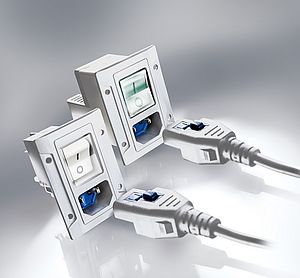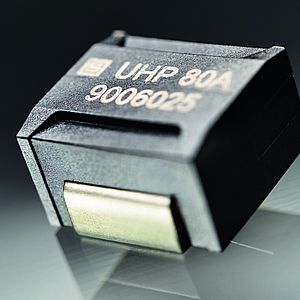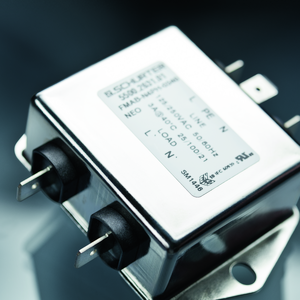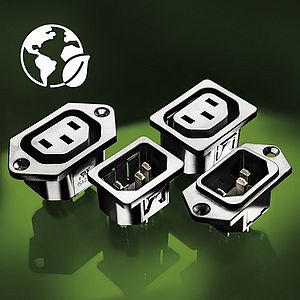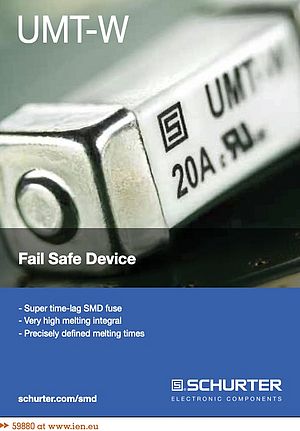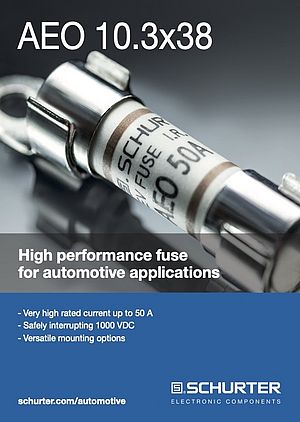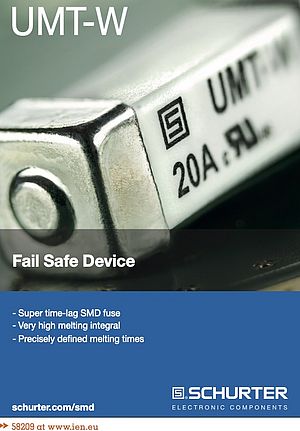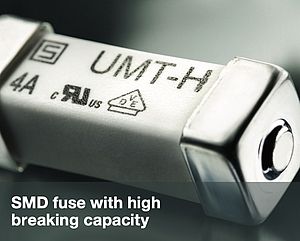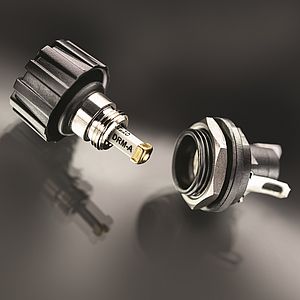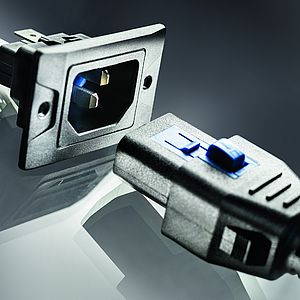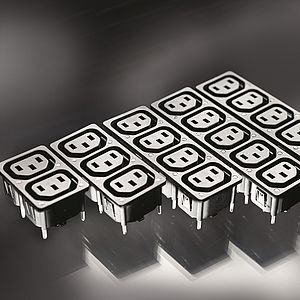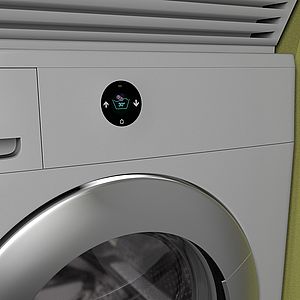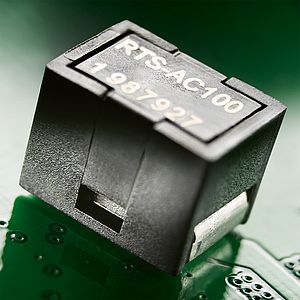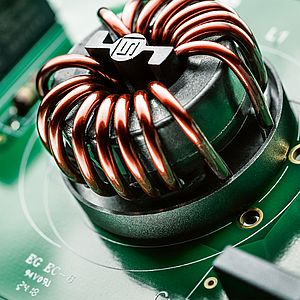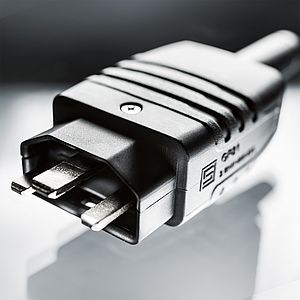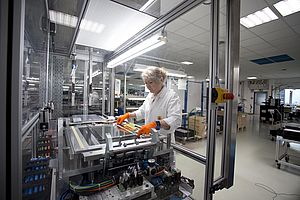Thermal fuses are used for safe and one-time separation of circuits when a specified permissible operating temperature is exceeded. This prevents a possible fire even after years of reliable operation. The most common applications are in unattended power electronics to protect power supplies, electric motors, blowers and much more. But it does not really matter which heat source it is. Every application in which there may be excessive heat generation offers potential for a thermal fuse.
The changing face of the automobile
20 to 30 years ago, automobiles were usually very spartanly equipped. Mechanics was still trump. Some of the electric windows were only found under options. Today it is completely different. Modern automobiles offer an enormous amount of electronic helpers and highest comfort. There's the seat, for instance: it has integrated airbags, can be electrically heated in winter, offers a storage option for various seat settings and possibly even a massage function.
Let's take a look at the air conditioning of the interior. Besides classic fans, air conditioning systems are de facto standard. Usually separately adjustable for several zones. A comfortable ambient temperature should be ensured as quickly as possible – thus using high power. Who wants to sweat in summer or freeze in winter?
Infotainment? Sure. The full program. In the past, there was only a FM radio with two full-range loudspeakers, but today completely different demands need to be met: In addition to the DVD player with DAB radio, a navigation system with online connection for traffic jam warning is already available in the compact class.
Rear view camera? Of course. Who hasn't? And let it sound like a concert hall. A dozen separate speakers are quickly installed, and this dozen needs power. Powerful, dynamic amplifiers with up to 1000 W power and more, so you can let it go. Meanwhile, the youngsters are spending their time in the back seats with games on the Playstation or DVD-Video. This is only a small part of the ever-widening range of vehicle systems. All of these are actually not absolutely necessary. But they also want to be cared for. On the usual 12- Volt on-board power supply.
High power density
The power density in the car is increasing visibly. Moore's law states that the complexity of integrated semiconductors doubles approximately every two years. This law can also be applied to power semiconductors. It is therefore foreseeable that the power density will continue to increase.
Applications will be easily found that promise even more comfort and even more safety. The higher the power drawn from the 12-Volt vehicle electrical system, the higher the currents, of course. The 12- Volt vehicle electrical system is already reaching its limits in vehicles with a particularly large number of loads or must be supplemented by a second vehicle electrical system (48 Volt).
High currents lead - among other things - to high losses. These losses occur as heat, and this heat is the worst enemy of automotive electronics during its life cycle. It leads to accelerated ageing of components. This gradual death of the components is not noticed in normal operation until the first components are operated outside their temperature specifications. In addition, high currents favour the case of thermal runaway.
Thermal runaway
Thermal runaway is the term used to describe the overheating of technical equipment due to a self-reinforcing, heat- producing process. This damage usually destroys the equipment and often leads to fire or explosion. This is usually caused by power semiconductors.
Lithium-ion batteries represent a similar source of danger. Often the battery capacities are loaded to their limits with the highest possible discharge currents and the shortest charging times. In electric vehicles, for example, small battery cells in the range of 4 VDC / 3200 mAh are connected in parallel and in series to achieve high performance. To reach an operating voltage of 400 VDC, 100 cells are required in series operation. The endurance, range or power of the entire package then comes from the parallel connection of many such 400 V strings. In high-performance electric vehicles, several thousand cells come together in the smallest of spaces. What a single defective battery can do, we know from the smartphone batteries of a well-known manufacturer or the fires on board the Boeing 787 Dreamliner.
Automotive as synonym for highest demands
Absolute reliability is essential in the automotive sector. Such a thermal fuse must function for many years without grumbling. It must perform its duties as willingly in the coldest winter as it does in breeding heat. Shocks, vibrations? Everyday life. Switch on, switch off - cyclical stability is indispensable. The thermal, electrical and mechanical requirements for such fuses are enormous. They must perform their duties reliably under all conditions. They are tested under extreme conditions: Automotive components must withstand the highest shock loads and vibration tests with accelerations of more than 40 g.
Experienced partner
Schurter offers a whole range of fuses for the automotive industry according to AEC-Q200 for various applications (battery management, climate control, engine-near electronics for diesel and petrol engines and many more). The close networking with international automotive organizations and the industry itself make Schurter a competent partner for all questions concerning the protection of electronics in automotive engineering. However, Schurter also has expertise and experience in numerous other fields of power electronics. Thermal and overcurrent fuses and their combination are also offered in many other industries. Wherever maximum reliability and durability are required.









